My favorite instant camera just got the wide format treatment — Fujifilm unveils the Instax Wide Evo
The Evo-lution continues

Today, January 21, Fujifilm launched its latest instant camera, the Instax Wide Evo — and it’s a hybrid, which means it doubles as a printer. Bearing the Evo moniker used by the Instax mini Evo ($199), both cameras look similar, sporting a minimalist, retro look that we’ve come to love.
The Instax Wide Evo joins the Instax Wide 400 ($149) and they’re the only two wide format cameras produced by Fujifilm. It’s slightly smaller than the Instax Wide 400, measuring 5.46 x 4.92 x 2.47 inches and weighing 1.08lbs. The brand new camera has a few tricks up its sleeve, though. First of all, it has the widest lens on any Instax camera at 16mm which gives you more room to capture more details. Instax Wide film is perfect for capturing group photos and landscape shots, and the Instax Wide 400’s wider lens will aid in that.
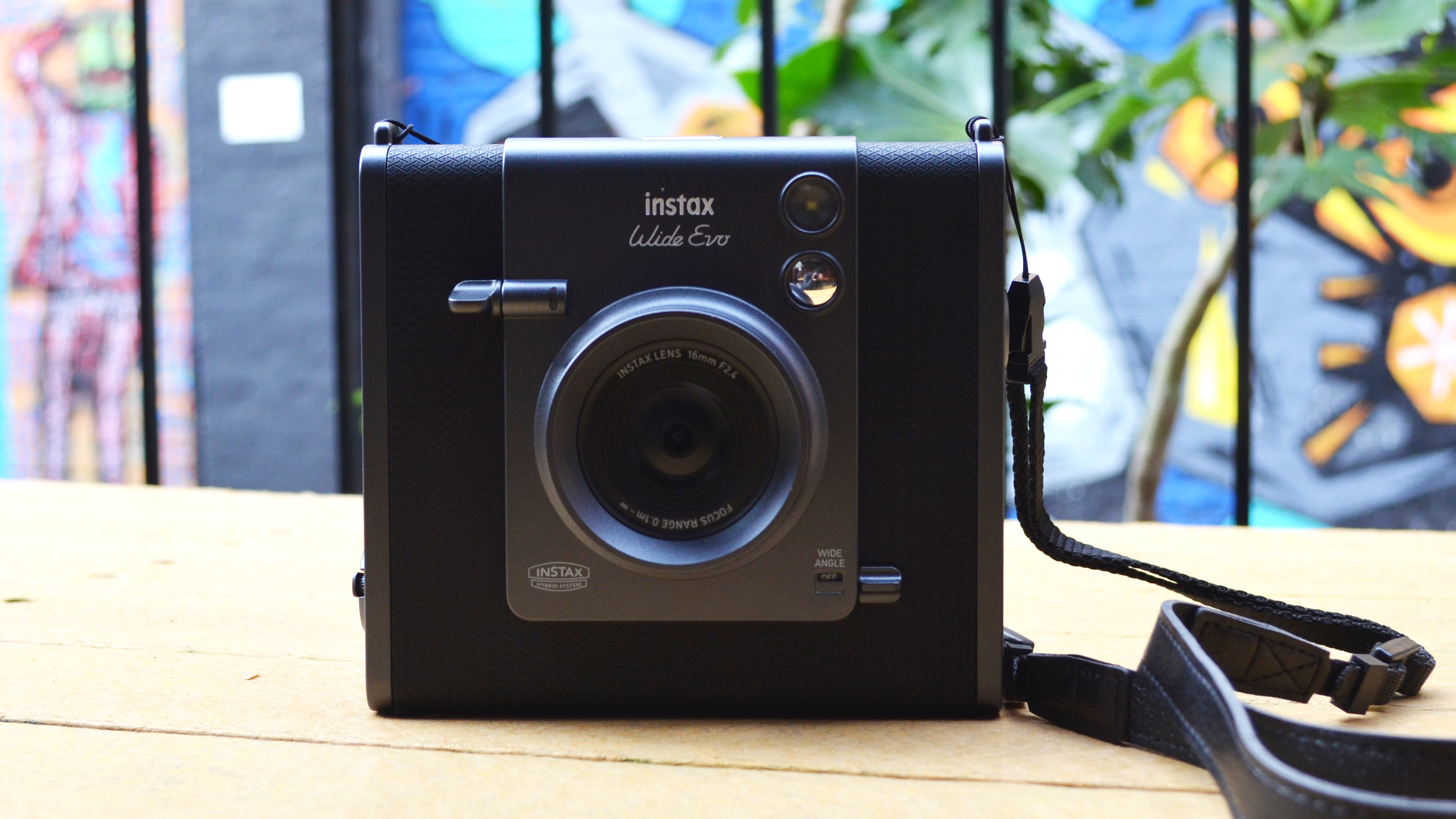
Similar to the Instax mini Evo, the Instax Wide Evo comes with 10 lens effects and 10 filters for creative shots. Essentially, you’re getting 100 combinations which can be applied to most situations. The Instax Wide Evo introduces “Degree Control which allows the user to determine the degree to which each lens effect is applied to their image.” This will come in handy when you don't want your photos to look too altered.
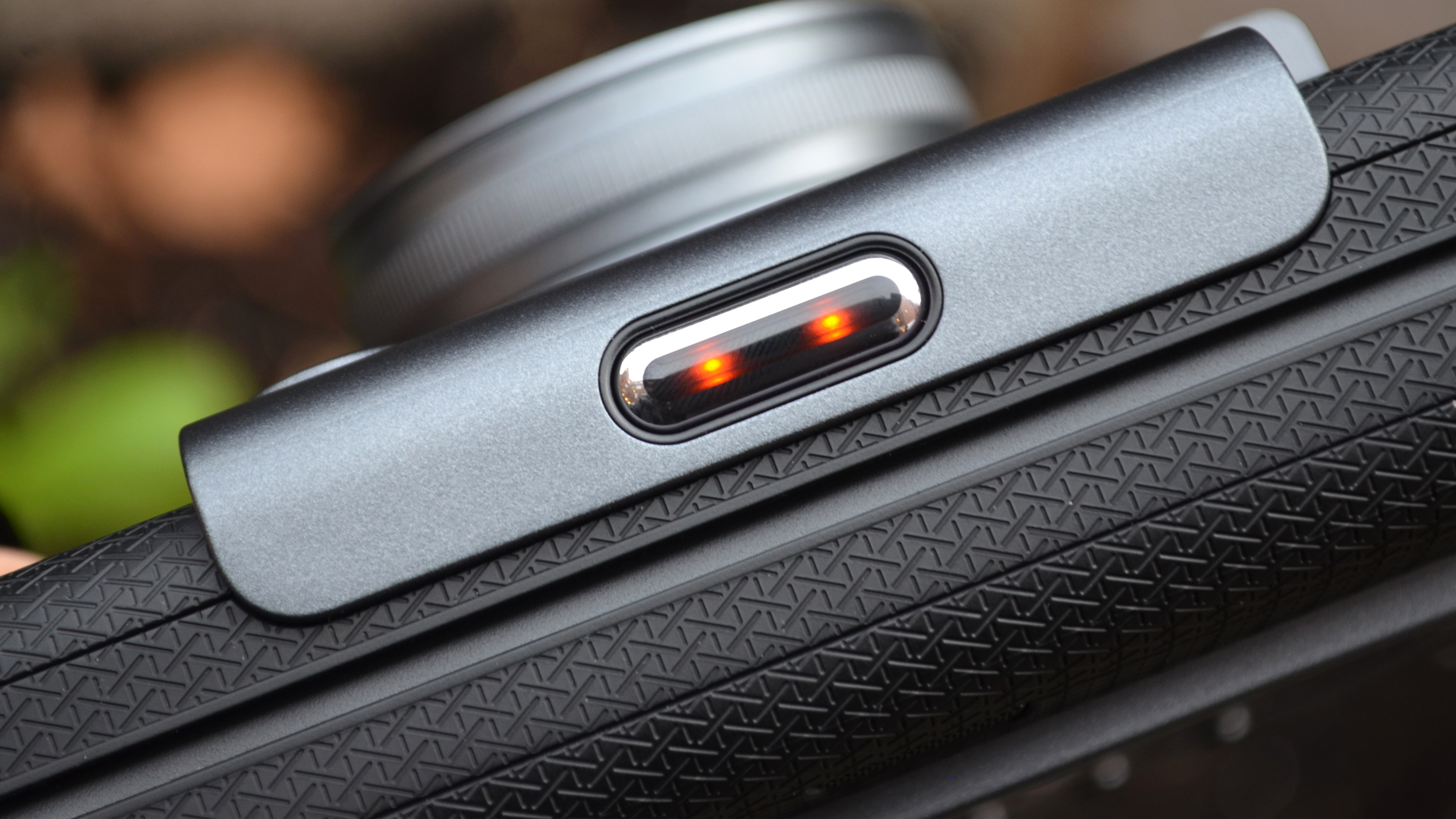
In addition to the effect combos, there are six film styles for you to experiment with, via a button on top: normal, a cinematic look with black bars across the top and bottom of the image, a classic film strip look, a traditional date/time stamp format, a contact sheet look, and a vintage collodion process effect.
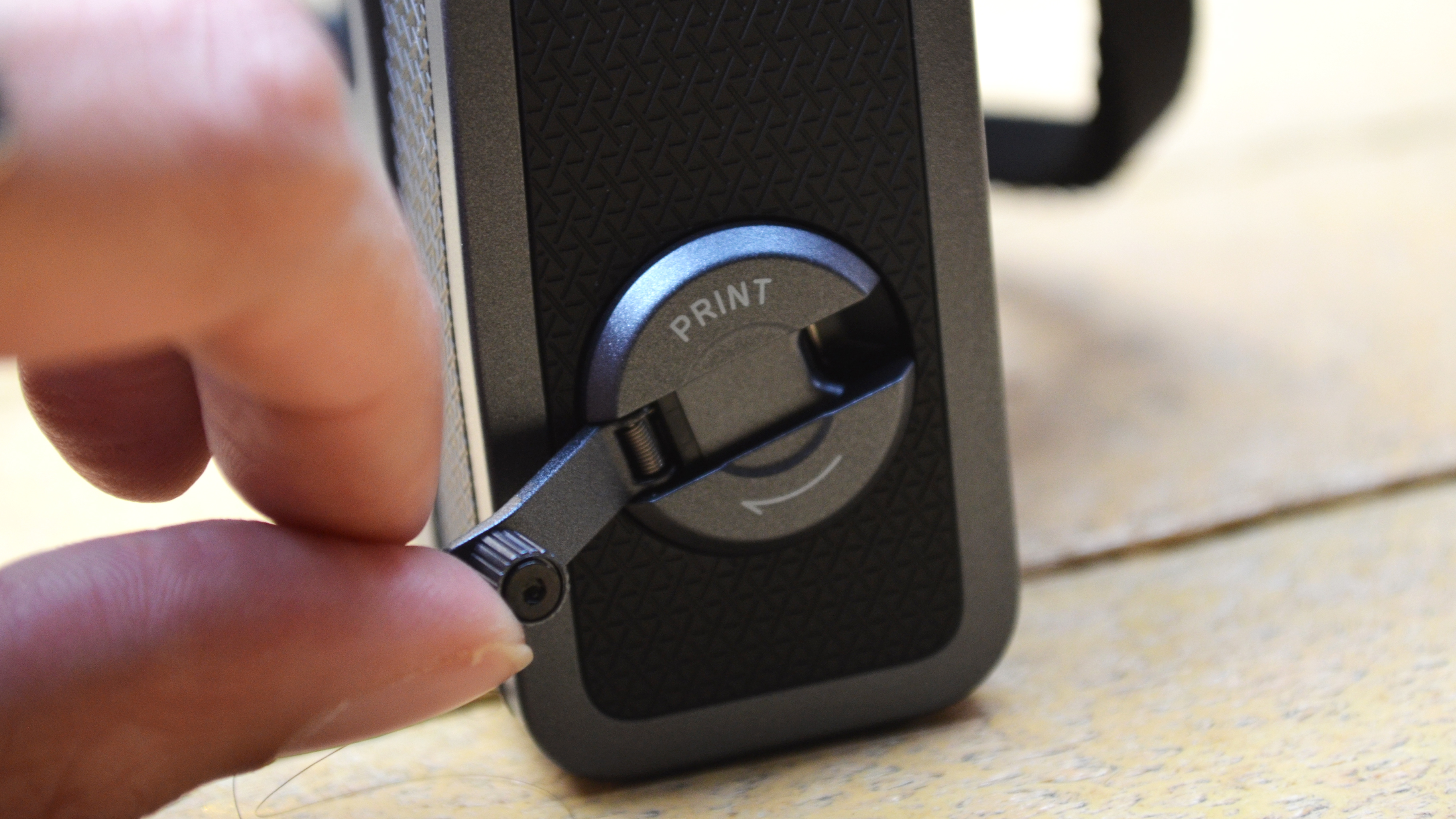
Much of the other features remain the same as on the Instax mini Evo. You get a selfie mirror, a microSD card slot, internal memory that can save 45 photos, and a built-in rechargeable Lithium-ion battery capable of taking 100 photos on a single charge.
The Instax Wide Evo introduces a bigger 3.5-inch LCD screen (the Instax mini Evo has a 3-inch screen) which is complemented by an integrated Wide Angle mode to capture more of the scene. There's also the addition of a print crank instead of a lever — like the ones you find on film cameras — and it's a lot of fun to use.
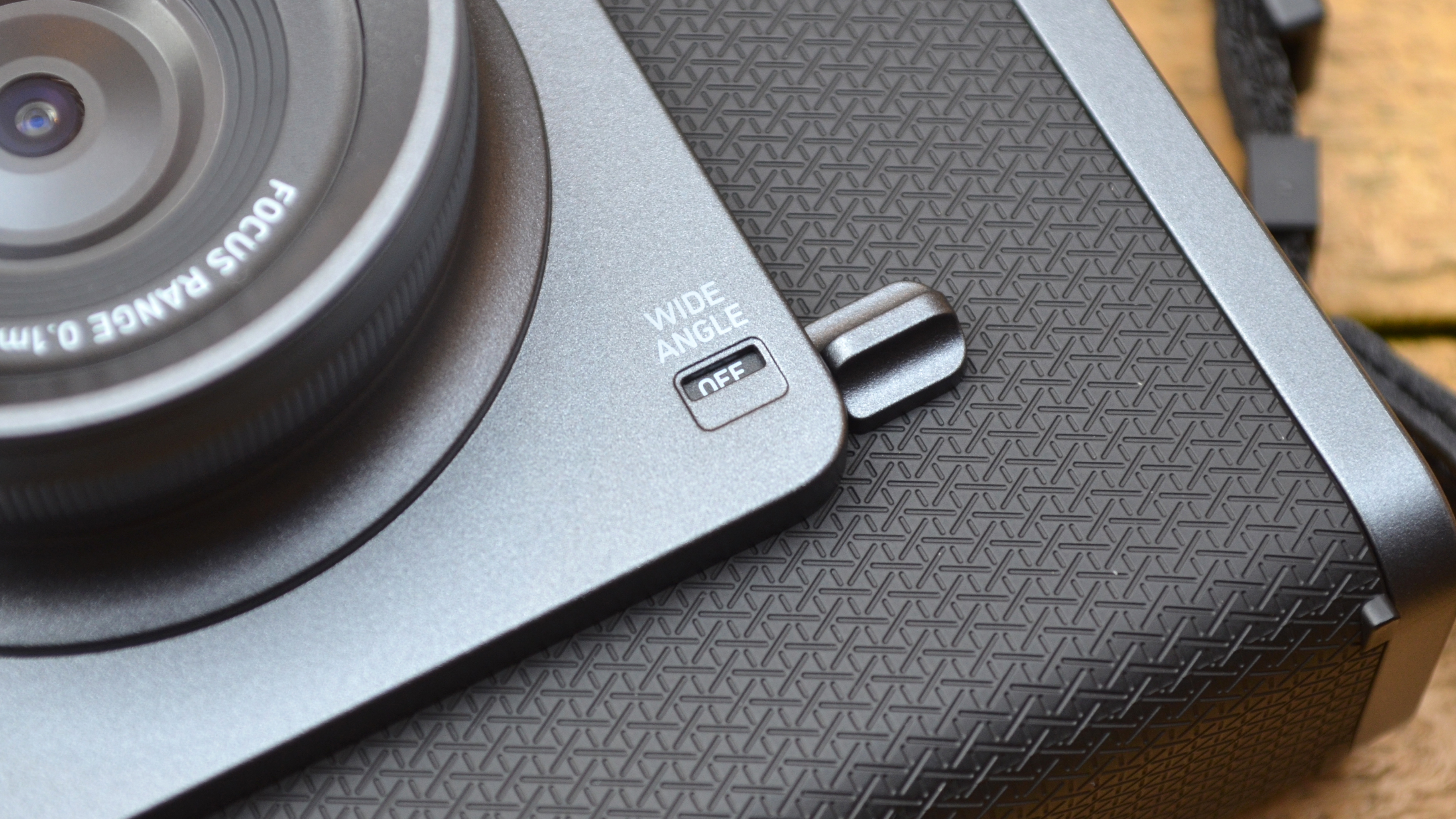
Similar to the Instax mini Evo’s dedicated app, the Instax Wide Evo is accompanied by its own app and it’s a little more refined. There’s a “Discover Feed” which lets users view printed photos shared by other users globally. You’ll be able to see the lens, film, degree effects and film style settings too — which could help better your own photography.
Sign up to get the BEST of Tom's Guide direct to your inbox.
Get instant access to breaking news, the hottest reviews, great deals and helpful tips.
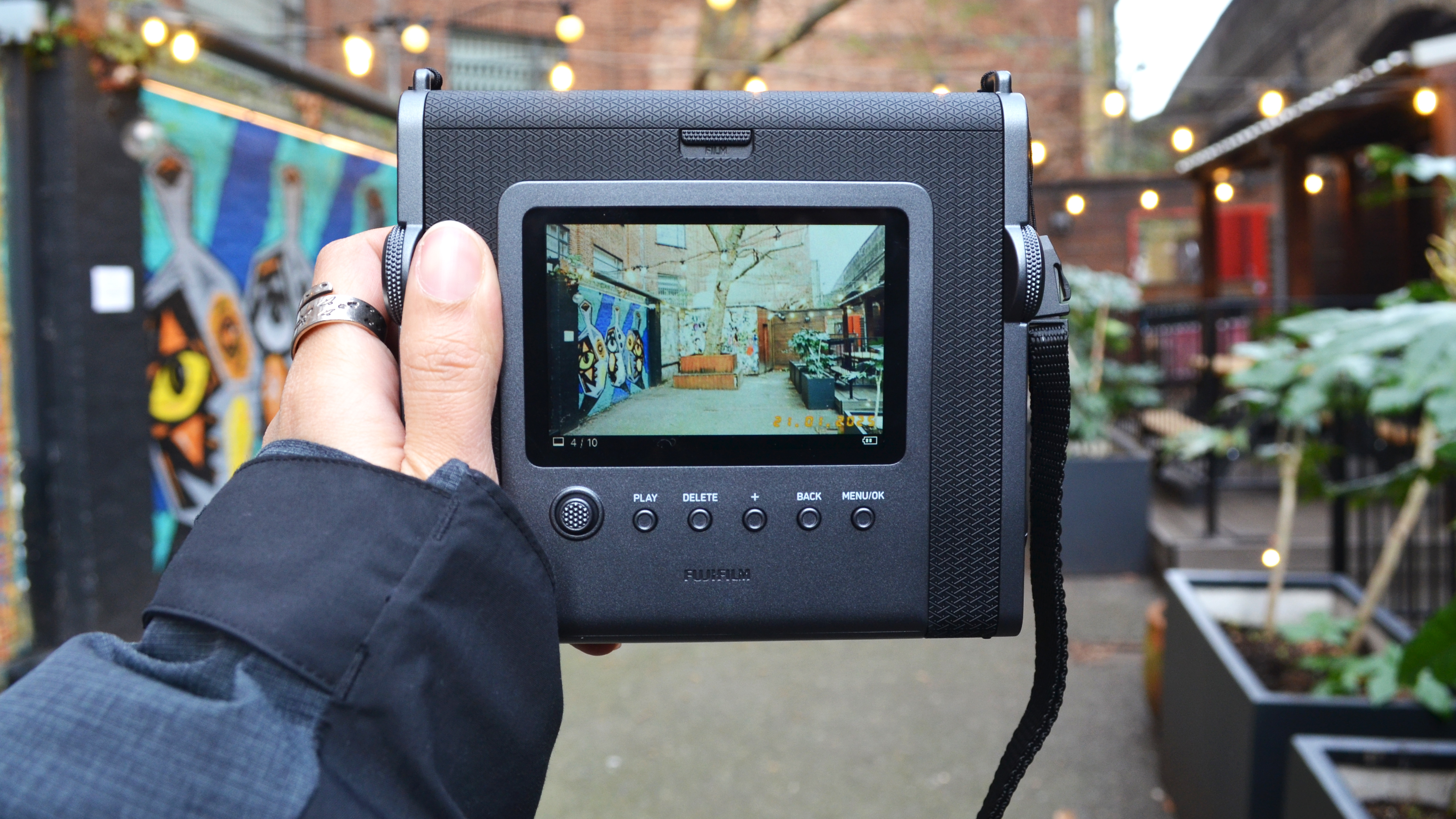
With a retail price of $349 / £319, the Instax Wide Evo is the most expensive camera in the lineup, followed only by the Instax mini Evo and the Instax mini 99 ($199). The camera is available in a black and gray colorway. I had the pleasure of going hands-on with it at the launch event and will be sharing my first impressions soon (followed by a detailed review later) — so keep your eyes peeled.
The new Instax Wide Evo will be available to purchase from 4 February for $349 at Amazon U.S. / £319 at Amazon U.K. — but you can pre-order right away. Alongside this, 10 sheets of Instax Wide Brushed Metallics film will be available for $24 / £9.
More from Tom's Guide

Nikita is a Staff Writer on the Reviews team at Tom's Guide. She's a lifelong gaming and photography enthusiast, always on the lookout for the latest tech. Having worked as a Sub Editor and Writer for Canon EMEA, she has interviewed photographers from all over the world and working in different genres. When she’s not working, Nikita can usually be found sinking hours into RPGs on her PS5, flying a drone (she's a licensed drone pilot), at a concert, or watching F1. Her work has appeared in several publications including Motor Sport Magazine, NME, Marriott Bonvoy, The Independent, and Metro.
